Tyre Advice
How to fit snow chains onto tyres? We teamed up with kunanyi Mt Wellington Explorer Bus to demonstrate how!Read the full article >
Tyre Advice
What tyre pressure should you run on sand? We did some testing to find out!Read the full article >
Review
A Reviewer's Rides of a Mitsubishi Lancer 2003. Jared talks to Ash about his 2003 Mitsubishi Lancer, the tyres and the modifications that have been done over the years.Read the full article >
When you purchase new tyres with white sidewall lettering, sometimes, though not always, the lettering is covered with a blue substance that looks pretty bad. This ‘blue stuff’ for lack of a better term is actually a waxy coating, which is there for the protection of the white stuff- (okay the white stuff does have a better word, or rather is a real explainable thing).
The white letters despite appearing so- aren't actually painted, they are actually an un-tinted layer of rubber- This means they won’t simply wear off.
Getting the blue off of the white is simple, just use warm soapy water, and a bit of steel wool or a scrubbing brush. Hot tip; Try to avoid this process while on concrete though, unless you want your driveway to resemble that of one in smurf village! The grass is your friend here. I am not sure if they even have driveways in the smurf village, or tyres for that matter but you can imagine if they did, right? Surely full of ‘blue stuff.’
Check out the video below for more-
At Tyre Review we know for most people the racy look of white sidewall lettering is a great cosmetic look, and so that blue stuff staining the white is nothing to fret about, blue stuff is easy to remove. And it is important to remember that it is there in the first place for good reason; protection in transit.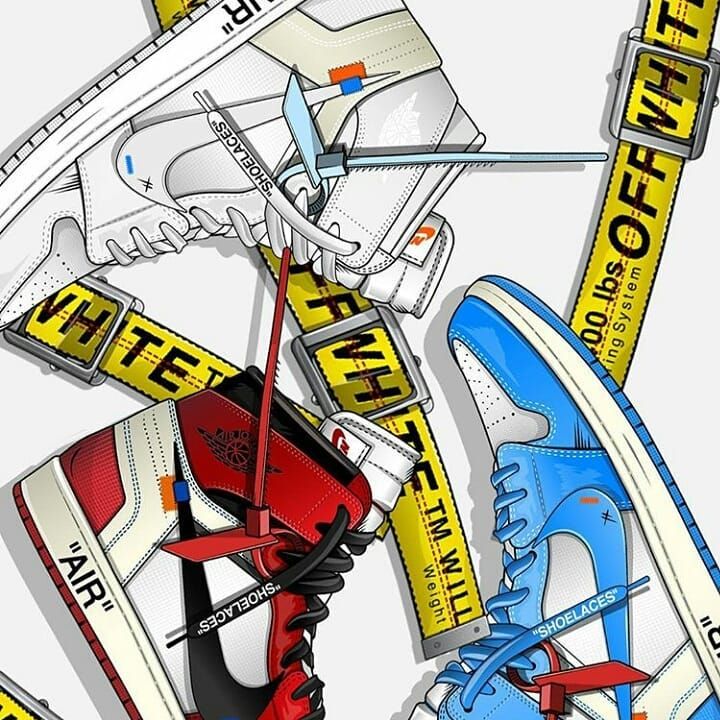
It is also worth mentioning that most tyre fitters will actually have already done the cleaning process for you.
Transcript:
Oh hi, I guess you're probably wondering what I'm doing but also you're probably wondering why tyres sometimes come with this blue stuff on the white letters.
The blue stuff is actually a soap stuff that they put on there to protect the white lettering in transport so it won't get damaged and look as good as it can look when you finally get the tyres on your car.
Now any good tyre fitter with soap will actually scrub it off for you like this but sometimes if you buy your tyres on the internet, they might leave it on there. So to get it off, all you need to do is get soapy water and a good little scrubber like this and that'll just take it straight off. Give that a bit of a hose down and it'll be like a brand new one.
That's how you take the blue stuff off of white lettering.
tyre maintenance
Tyre Advice
PRESSURE TEST: DRIVING ON SANDAT OR MT TYRES ON SAND, WHICH IS BEST?Which type of 4WD tyre should I get?Tyre DeflatorsHow to Drive in the Snow - We asked an expert!4wd Air pressure
What size tyres will fit my vehicle?
When do I need new tyres?What should my tyre pressure be?How can I tell what size my Tyres are?Where is my vehicle placard?Wheel BalancingSpace Saver vs Full Size Spare TyresOverloading your 4x4 - it’s easier than you think. .Vehicle Inspection Schemes across Australia.What should I do if I get a flat tyre while driving?How a tyre's tread pattern deals with waterAquaplaningMaterials used to construct a tyre
.Vehicle Inspection Schemes across Australia.What should I do if I get a flat tyre while driving?How a tyre's tread pattern deals with waterAquaplaningMaterials used to construct a tyre
What should my tyre pressure be?The Effects of Over or Under Inflated TyresIs filling your tyres with Nitrogen worth it?Nitrogen in tyresAdvantages of Correct Inflation PressureHow often to check Tyre Pressures
Wheel BalancingHow to tell exactly when a tyre was manufactured
Everything you’ve wanted to know about wheel alignmentsWhat maintenance needs to be done to my tyres?HOW IMPORTANT IS ACCURATE TYRE PRESSURE?HOW TO GET BLUE STUFF OFF NEW TYRESIs filling your tyres with Nitrogen worth it?Tyre Rotation
Load RatingsSpeed RatingOverloading your 4x4 - it’s easier than you think.. Run Flat TyresUTQGS - Uniform Tyre Quality Grading SystemTyre Treads explainedTyre design for trailersTyre Plus Sizing
If you’ve built or bought a collector vehicle in the past couple of decades, then you know the importance of choosing the correct tires and wheels. My team at Coker Tire covers that subject heavily in our marketing materials, continually reminding folks about the significance of authentic rolling stock. The folks at Mecum also do a great job of spreading the word for us. An aspect that doesn’t get quite as much coverage is the proper way to care for your tires and wheels once they arrive at your door. It’s an important step in ensuring the longevity of your tires, and proper maintenance keeps them looking and performing well for many years.
My team at Coker Tire covers that subject heavily in our marketing materials, continually reminding folks about the significance of authentic rolling stock. The folks at Mecum also do a great job of spreading the word for us. An aspect that doesn’t get quite as much coverage is the proper way to care for your tires and wheels once they arrive at your door. It’s an important step in ensuring the longevity of your tires, and proper maintenance keeps them looking and performing well for many years.
Before we get into the care of tires, we need to address some common issues that could cause damage to your tires or wheels before you even have a chance to use them. The first concern is mounting and balancing the tires, whether it’s to an existing set of wheels or a set of wheels you bought from an aftermarket manufacturer. Major damage can occur if proper care isn’t taken during the dismounting and mounting process.
Balancing is a critical part of the process, and most everyday tire shops use a high-tech balancer. Most applications can be handled with standard hub-centric balancing, but some applications require lug-centric balancing to get a proper reading. Through the years, we have found that original steel wheels can be out of round, or have a slight warp because of the years of abuse. This makes it tough to balance the tire and wheel assembly, and sometimes the tires get the blame for the out-of-round or imbalance condition. To prevent this type of issue, we offer a wide range of high-quality steel wheels that are made in the USA. This allows us to create complete tire and wheel packages, which offer lots of advantages.
Most applications can be handled with standard hub-centric balancing, but some applications require lug-centric balancing to get a proper reading. Through the years, we have found that original steel wheels can be out of round, or have a slight warp because of the years of abuse. This makes it tough to balance the tire and wheel assembly, and sometimes the tires get the blame for the out-of-round or imbalance condition. To prevent this type of issue, we offer a wide range of high-quality steel wheels that are made in the USA. This allows us to create complete tire and wheel packages, which offer lots of advantages.
When a whitewall or white letter tire reaches your doorstep, it will be wrapped in plastic and it will have a blue coating to protect the white rubber during shipment, mounting and installation. Leaning or stacking whitewall tires against each other, or any other tires, can damage the whitewall by allowing the black rubber to smudge the white rubber, so leave them wrapped up until it’s time to install.(1).jpg) Also, keep the blue coating on the tires until they are installed on the vehicle. The blue coating will typically rinse off with warm water, but you may have to put a little dish soap and elbow grease into it for stubborn cases.
Also, keep the blue coating on the tires until they are installed on the vehicle. The blue coating will typically rinse off with warm water, but you may have to put a little dish soap and elbow grease into it for stubborn cases.
That brings me to tire cleaners. Never use chemical or bleach-based cleaners, as the harsh ingredients can damage the soft white rubber. Natural cleaners, such as our “Wide White” whitewall cleaner or “Big Classic” tire dressing are better for the tire, as they feature a citrus base that will not harm rubber. If you’re having a tough time removing stains from the whitewall, S.O.S. or Brillo pads can be used as a last resort. Without a doubt, frequent cleaning is best for keeping whitewalls in optimal condition, and there are options for lighter cleaners, such as whitewall wipes, that can be used much more frequently.
A quick rundown for cleaning any tire on a collector vehicle starts with a good presoak to loosen any debris or dust. From there, you can simply use soap and water to clean the tire.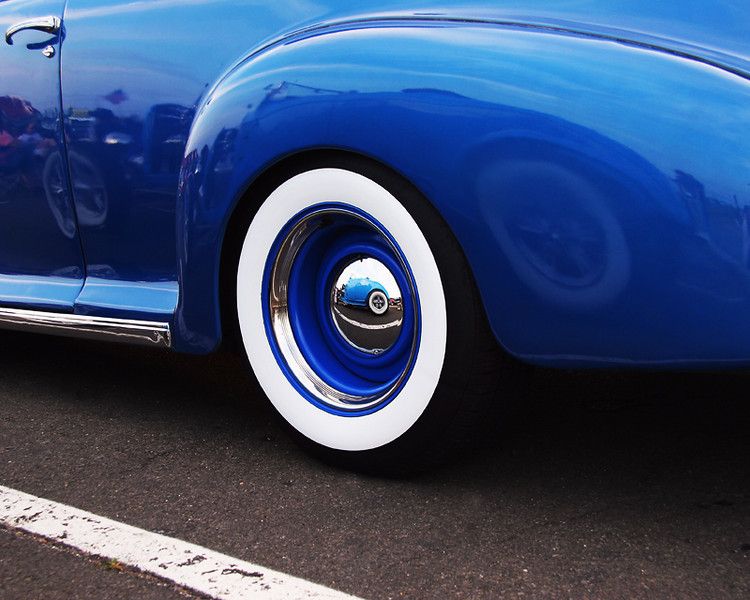 You can use a wash mitten or tire brush to clean the tire, but do not use the same mitten on the exterior finish of the car. A final rinse to wash away the soap or cleaning agent will yield great results, and you can seal those results by using tire dressing. Again, you want to stay away from chemicals that may damage the tires, and many of the department store options are not suggested, as they are silicone based. Standard tire dressings can quickly turn those whitewalls or white letters yellow or brown if used frequently.
You can use a wash mitten or tire brush to clean the tire, but do not use the same mitten on the exterior finish of the car. A final rinse to wash away the soap or cleaning agent will yield great results, and you can seal those results by using tire dressing. Again, you want to stay away from chemicals that may damage the tires, and many of the department store options are not suggested, as they are silicone based. Standard tire dressings can quickly turn those whitewalls or white letters yellow or brown if used frequently.
Another reminder is to frequently check air pressure. It’s an important aspect that helps extend the life of your tire, regardless of how much you drive the car. Low pressure is generally the culprit for many tire-related problems, so check the designated pressure on the door jamb of your car, if it is so equipped. Some Hot Rods and custom applications will require a bit of guesswork to get the combination right, so it’s normal for folks to experiment with different pressures to find the sweet spot.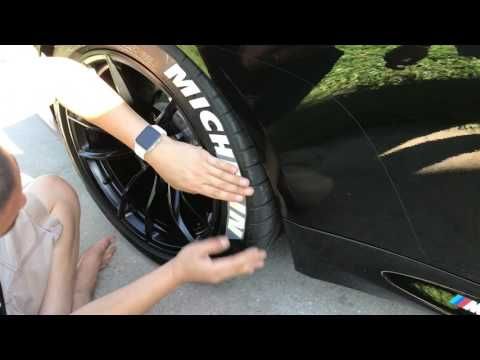 Low pressures can cause the tire to build up too much heat, which can cause premature wear or potential damage to the tire. High pressures can also cause irregular wear and a harsh ride quality. Our sales guys typically suggest starting at around 32 PSI and adjusting accordingly if you find any irregular wear or ill handling characteristics.
Low pressures can cause the tire to build up too much heat, which can cause premature wear or potential damage to the tire. High pressures can also cause irregular wear and a harsh ride quality. Our sales guys typically suggest starting at around 32 PSI and adjusting accordingly if you find any irregular wear or ill handling characteristics.
The most important part of taking care of your tires is getting out and using them. That might sound like a sales pitch intended to make you wear out your tires quicker, but your tires will be much healthier rolling down the road than they would be just sitting on a concrete garage floor. For winter or any long-term storage, we do suggest lifting the vehicle so that the weight isn’t resting on the tires. We offer a product called FlatStoppers, which is basically a small cradle that your tires sit in to evenly distribute the weight of the car. Flat spots occur during long periods of storage. Some bias-ply tires can eventually heat up enough to work out the flat spot, but radials tend to hang onto their flat spots a little longer.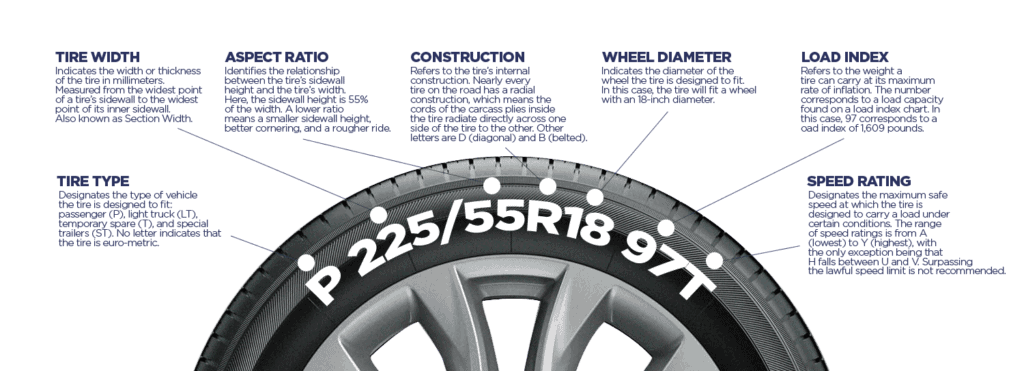
Our team at Coker Tire wants you to get the most out of your tires, and we stand behind them with our Life of the Tread warranty. To take that another step further, we offer Extended Tire Protection, which costs a few bucks, but it’s a five-year replacement program for tires that become unserviceable or damaged from a cut, impact, sidewall damage or puncture caused by a road hazard.
Regardless of your purchase, I encourage you to get out there and drive your collector car. It’s an important part of keeping your car or truck healthy, so enjoy some time behind the wheels.
The general cleaning checklist always contains an item reminding you to wash the walls in the rooms. True, not everyone thinks that this should be done. But if the surfaces are painted, wet cleaning is necessary. Dust and spots on a smooth plain plane are especially noticeable.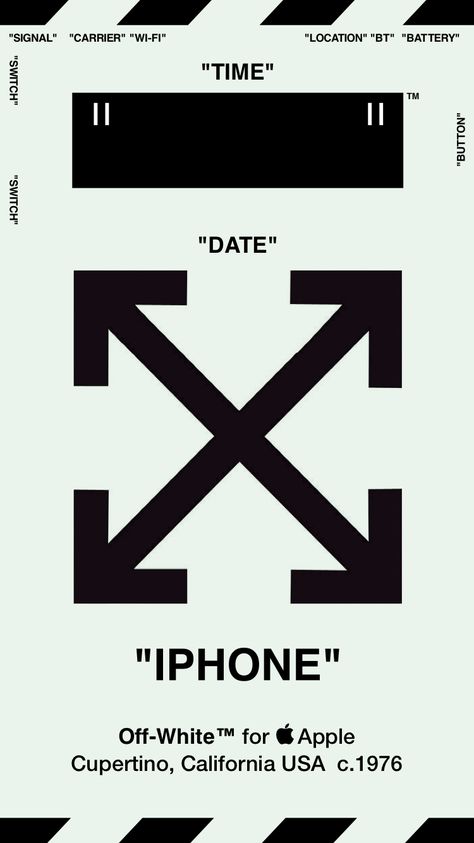 Let's talk about how to wash the walls and not damage the finish layer.
Let's talk about how to wash the walls and not damage the finish layer.
Preparation for washing
How to wash different types of paint
How to wash without streaks
How to remove stains
Wet cleaning of walls should be carried out as they become dirty, but at least twice a year. Experienced housewives advise doing this in spring and autumn. For the first time after a long winter, when the heating was on and the air currents carried dust throughout the house. The second one was after the summer, when dust and dirt particles got in through the open windows from the street.
Before you start washing, you need to make sure that the wet coating can dry quickly. That is, the house is warm enough and there is no excessive humidity. Otherwise, as a result, you can get unpleasant stains, dampness and even mold. Before washing the painted walls, preparatory work is carried out.
Remove all photographs, posters and pictures hanging on the walls.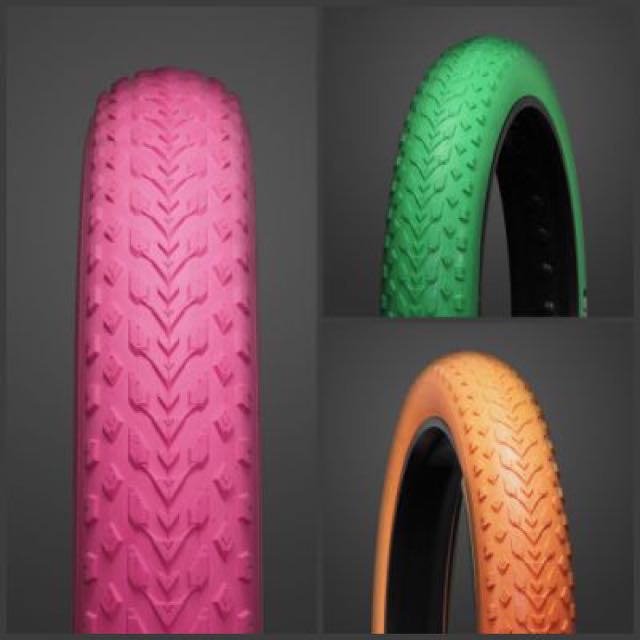 We do the same with any other decor. We mark the freed hooks and nails so as not to injure our hands on them. To do this, we fix small pieces of bright fabric on them. We move the furniture to the center of the room so that it does not interfere with free movement.
We do the same with any other decor. We mark the freed hooks and nails so as not to injure our hands on them. To do this, we fix small pieces of bright fabric on them. We move the furniture to the center of the room so that it does not interfere with free movement.
Lay a film or thick fabric along the baseboards. It will protect the flooring from the unwanted effects of dirty water. If necessary, furniture is also protected in the same way, covered with a film.
We carry out dry cleaning, completely remove dust from ceiling moldings and walls. The easiest way to do this is with a vacuum cleaner turned on at medium or low power. The floor brush must be removed and a small nozzle with a flat base installed. You can use a mop with a clean cloth on it.
Different compositions are chosen for painting, therefore, their care is also different. It is necessary to know exactly what kind of means the plane was painted in order not to spoil it during the washing process. Consider the most popular compositions
It is necessary to know exactly what kind of means the plane was painted in order not to spoil it during the washing process. Consider the most popular compositions
Coloring pigments are dissolved in a water base, so the finish is very sensitive to moisture. It is best to limit yourself to dry cleaning, as there is a danger of spoiling the paint layer. If this is not possible, exactly follow the recommendations on how to wash walls painted with water-based paint. For processing, take only a soft sponge, intense friction is prohibited.
A mild soap solution is used as a detergent. It is diluted in water and whipped until a persistent foam appears. Alternative option - 3 tbsp. tablespoons of table salt or baking soda per 10 liters of warm water. It is necessary to wash the water-based coating with a minimum amount of liquid and very carefully. The paint is easy to dissolve and wash off.
They contain polymers, which makes the finishing layer resistant to moisture.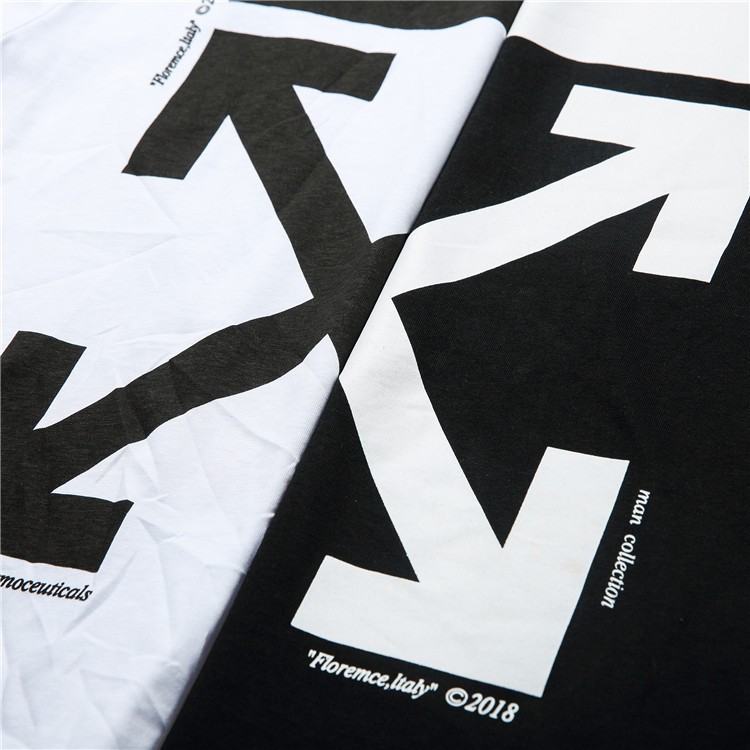 Instructions on how to wash a wall painted with a water-based emulsion with silicone or acrylic allow you to use almost any detergent. True, it is better not to take aggressive chemistry. Dish gels, liquid or laundry soap do well. If necessary, you can rub the coating with a little effort.
Instructions on how to wash a wall painted with a water-based emulsion with silicone or acrylic allow you to use almost any detergent. True, it is better not to take aggressive chemistry. Dish gels, liquid or laundry soap do well. If necessary, you can rub the coating with a little effort.
This finish forms a dense, durable film on the substrate. It is resistant to mechanical damage, so you can make some effort to wash it. Soda or soap is not recommended. For cleaning use a solution of ammonia. It is dissolved in water in the ratio - 1 tbsp. spoon per liter of liquid. Heavily contaminated areas are wiped with gruel from fresh potatoes.
Pixabay
You need to start cleaning any surfaces by checking the safety of the detergent composition. To do this, they collect it on a sponge or rag and wipe an inconspicuous fragment. By how the paint behaves, it is determined whether the drug is suitable or not.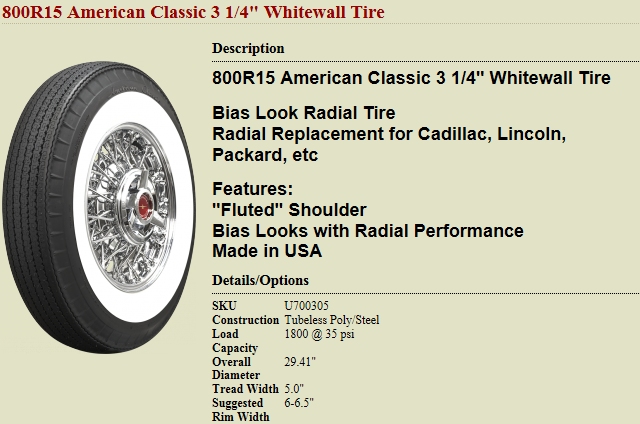 If the painted layer has not deteriorated, you can wash the entire plane.
If the painted layer has not deteriorated, you can wash the entire plane.
Prepare a soft sponge for cleaning. In addition to it, you will need a well-absorbing cloth or rags for wiping dry. Prepare two buckets. In one, a washing solution is diluted. Most often, any soap is dissolved in water for this. Another versatile solution is table white vinegar. It is added at the rate of a glass per bucket. The second container is left empty for now.
Kaboompics
The washing process starts from the bottom. The sponge is moistened with detergent, wrung out to remove excess moisture. Treat the surface with it from the bottom up. Any streaks that appear are wiped off immediately. If they dry out, it will be difficult to remove them. The contaminated washcloth is squeezed over an empty bucket, completely removing the dirty liquid from it. Then the actions are repeated.
Washed painted base must be rinsed. At the same time, it is not necessary to pour water on it, especially if there is a layer of water emulsion on it.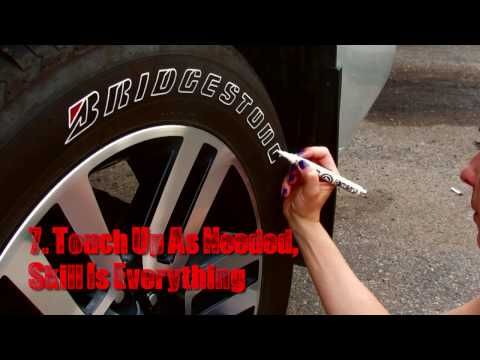 Therefore, clean water is collected in the container. A thoroughly washed sponge is moistened in it, squeezed out, and the base is treated. Possible leaks are immediately removed. In conclusion, with a dry cloth, carefully wipe the base dry again. You can not leave it wet, you can ruin the paint.
Therefore, clean water is collected in the container. A thoroughly washed sponge is moistened in it, squeezed out, and the base is treated. Possible leaks are immediately removed. In conclusion, with a dry cloth, carefully wipe the base dry again. You can not leave it wet, you can ruin the paint.
To get a good result, you not only need to know how to wash painted walls, but also how to remove stains from them. They appear for various reasons, but most often it is fat with dust and dirt adhering to it. We will analyze several ways how to clean such pollution. In any case, we must remember that before treating the stain, you need to test the safety of the product on an inconspicuous fragment. Otherwise, there is a risk of spoiling the painting or leaving streaks.
We offer several stain removal methods.
Good for removing fresh oil splashes or food residue. Take a paper towel or napkin, press it firmly against the surface. Sprinkle the dirt with powder, leave for a while. Wait until the fat is absorbed into the starch or talc. Sweep away the powder with a soft brush. If necessary, wipe with a cloth dampened with soapy water.
Wait until the fat is absorbed into the starch or talc. Sweep away the powder with a soft brush. If necessary, wipe with a cloth dampened with soapy water.
In combination with hot water, the gel helps to get rid of most dirt. A lot depends on the medium. For old traces of fat, it is better to choose concentrated preparations that dissolve it well. For example, Fairy, Aos, Frosch, etc. They are applied undiluted to the dirty area, left to soften the greasy residue. Most gels are base color safe and leave no residue.
After a while, the preparation with dirt residues is removed with a soft cloth or rag. No need to rub hard. The rag is carefully, without extra effort, moved up and down. If too much soap has formed, it must be washed off. At the end, the base is dried with a paper towel.
Pixabay
Alcohol will help remove ink, rust, greasy residue. Moisten a dry cloth with alcohol, gently wipe the contaminated fragment. If the dirt is old, you may have to wash the section of the wall later. An alternative is to use an alcohol-based wet wipe. She gently wipe the dirt, trying not to damage the base.
Moisten a dry cloth with alcohol, gently wipe the contaminated fragment. If the dirt is old, you may have to wash the section of the wall later. An alternative is to use an alcohol-based wet wipe. She gently wipe the dirt, trying not to damage the base.
Shaving Foam dissolves a wide variety of dirt, especially greasy dirt. A small amount of foam is squeezed out directly onto the soiled wall. It is lightly smeared and left for two or three hours to dissolve the stain. The dried foam is removed with a soft cloth, if necessary, remove its remnants with a slightly damp cloth.
The most radical way to get rid of stains is to paint the damaged fragment. It is used when no other methods no longer work. The contaminated area is carefully cleaned to the ground, if necessary, primed and re-painted. It is important to understand that it is not always possible to accurately match the color. Therefore, you need to be prepared for the fact that it will be slightly different.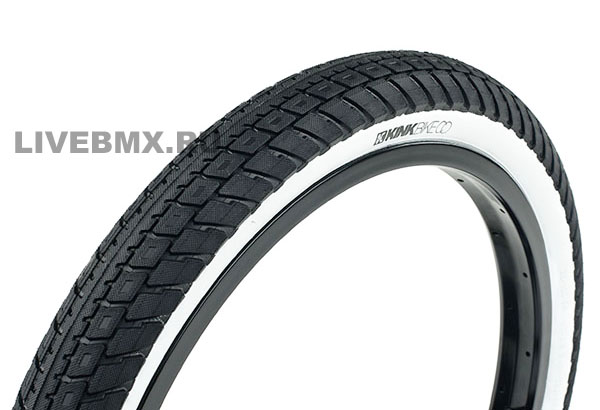
Unsplash
The rules for cleaning painted walls are simple but effective. The most important thing is to correctly determine how the base is painted. In accordance with this, a detergent preparation and a processing method are selected. Most paints are moisture resistant, they tolerate washing well. The exception is water emulsion. Dry cleaning is best for her.
Prepared by
Inna Yasinovskaya
If you want to find a successful solution to a "colorful" problem, it is possible without resorting to the help of professionals. It is only necessary to remember that paints are different in composition, and each surface has its own characteristics. Therefore, for each specific case, it is necessary to choose the right cleaning agent.
We recommend to read
Carrying out painting work without personal skin protection will certainly manifest itself as splashes of paint on the face and spots on the hands. You need to deal with them carefully, using gentle washes. How to wash the paint from the skin of the hands or face?
You need to deal with them carefully, using gentle washes. How to wash the paint from the skin of the hands or face?
Time-honored product that gently removes oil paint from leather. You just need to wipe the traces of paint on the face and eyebrows with a cotton swab generously dipped in vegetable oil. If your hands are dirty, you can wash them by pouring oil directly into your palm, rub thoroughly and rinse with warm water and soap.
Designed to eliminate defects in the color of eyebrows and hair, but can also be used in the fight against coloring compositions of a different type. Well remove water-based, acrylic paint and small drops of oil. Use according to instructions.
Strong enough solvent not recommended for facial cleansing. On the hands, the skin is less sensitive, and stains of paint on them can be wiped off by blotting the contaminated places with cotton wool soaked in acetone. If the paint comes off badly, you need to take a short break, and repeat the procedure after 30-40 minutes, otherwise skin irritation, up to getting a burn, cannot be avoided.
If the paint comes off badly, you need to take a short break, and repeat the procedure after 30-40 minutes, otherwise skin irritation, up to getting a burn, cannot be avoided.
And about how to wash hair dye, we wrote in this article.
Repairs in the apartment, freshly painted benches on the street, childish tricks - all these are the reasons for the appearance of colorful dirt on clothes. Do not rush to give the "stained" thing to dry cleaning - in most cases, you can clean clothes with improvised means. So how do you get paint out of clothes?
Removes traces of gouache, watercolor, acrylic and water-based paint. You just need to soak things in warm water for 10-15 minutes, then wash them manually with laundry soap.
Refined gasoline, white spirit, acetone, kerosene. The only way to remove stains left by oil paint. To do this, a cotton pad soaked in a solvent is applied to the stain, after placing a clean cotton pad under it from the wrong side of the fabric. After 5-10 minutes, wipe the stain in the direction from the edges to the center. Finally, the stain is washed under running water and washed in the usual way
After 5-10 minutes, wipe the stain in the direction from the edges to the center. Finally, the stain is washed under running water and washed in the usual way
Helps save natural woolen clothes. Soak a cotton swab in warm vegetable oil and rub the contaminated area in a circular motion. After that, they are washed on the “Wool” mode with any detergent.
The combination of two cleaning components allows you to successfully and without consequences remove dye from white clothes. To do this, taken in equal proportions, gasoline and clay are mixed until a slurry is obtained, which is then applied in a thick layer to the paint. After three hours, the dried composition is cleaned with a clothes brush. To fix the result, clothes are washed in an automatic machine with a powder for stubborn stains.
As the name suggests, these paints are water-based.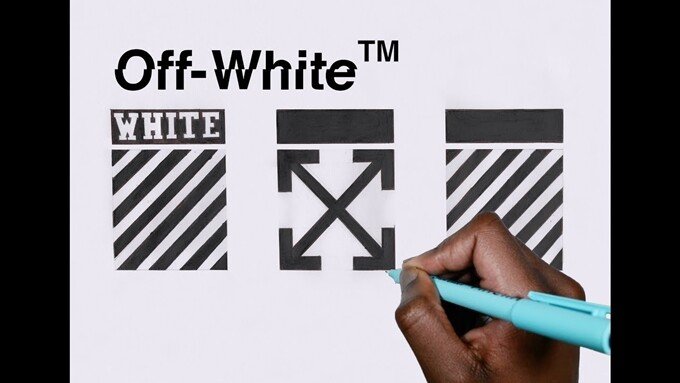 How to wash water-based paint? With the help of the same water, they are easily removed from various surfaces. It is enough to thoroughly wipe the walls, floor and other surfaces that are stained after repair with a damp cloth several times, wash your hands and face with laundry soap, and marks on clothes will disappear after machine washing in the usual mode.
How to wash water-based paint? With the help of the same water, they are easily removed from various surfaces. It is enough to thoroughly wipe the walls, floor and other surfaces that are stained after repair with a damp cloth several times, wash your hands and face with laundry soap, and marks on clothes will disappear after machine washing in the usual mode.
Oil-based paint marks are not easy to deal with. The best results are obtained by trying to remove small drops of still fresh paint - in this case, it is enough to simply remove it with a damp cloth. Large areas of recent contamination are wiped off with a cotton swab or cloth dipped in vegetable oil. Dried paint can be removed by treating the problem area of the surface with solvents - refined gasoline, alcohol, kerosene, ammonia.
Various in shape and size, the brushes are used for priming and painting walls, ceilings, skirting boards, doors and wooden window frames. Used in work, but left for a while in the open air, they can become unusable. The paint sets quickly, the bristles of the brush stick together, and in the future it becomes inconvenient, if not impossible, to work with such a tool. Are there ways to save brushes and clean them of paint after use? And how to wash the brush from paint after repair?
Helps clean fresh paint from bristles. To do this, its remnants are removed by wiping the brush on paper. The conditioner is mixed with water in equal proportions and the brush is rinsed in the resulting solution until the paint begins to gradually separate from the bristles. Rinse the brush under running warm water. Repeat the procedure until the desired degree of tool cleaning is obtained.
They can wash the brush from paint that has already dried. Brushes are soaked in essence for 60-80 minutes, boiled in a fresh portion of vinegar (10-15 minutes). Then thoroughly comb out with a steel brush or comb with frequent teeth. Repeat the procedure until the paint is completely removed, washed with warm water and dried.
Handles all types of colorants. To obtain a good result, the brushes are soaked in a container with any solvent for a period of half an hour to 1 hour, rinsed in a fresh portion of the solvent and rinsed thoroughly with water.
These can be found in hardware stores and ham radio departments. They contain alcohol and gasoline in their composition, therefore they equally well remove both acrylic and oil paints from brushes.
Replacing a cartridge or ink in an office printer often results in ink-stained hands and clothes. How quickly you can get rid of its traces depends on the type of printer - inkjet or laser. Inkjet ink is a persistent contaminant that quickly and deeply absorbs into both paper and leather and fabric fibers. How to wash the ink from the printer? Coping with their traces in a short time is a rather complicated and time-consuming task, which is solved in several stages:
In case the above actions did not lead to success, solvents - alcohol, acetone, gasoline - will come to the rescue. With cotton pads dipped in any of the solvents, gently wipe the paint until all traces of it are completely removed. Similarly, solvents are used to clean clothes.
The laser toner washes off quite easily - it is enough to thoroughly wash your hands or wash your clothes with cold water and laundry soap. Warm and especially hot water cannot be used, because. under the influence of high temperatures, the toner begins to penetrate deeper into the skin and fabric fibers. In this case, the measures applied to the traces left by inkjet ink will help.
Stamp ink stains can be removed in the same way.
Shoe paint is nitro based and can be cleaned with acetone or a simple nail polish remover. It is advisable to fight pollution with the help of special solvents 646 and 647. The listed products are applied to a clean cloth and thoroughly wipe the surface area damaged by paint.
Baking soda and kitchen cleaners can also remove shoe polish from floors (excluding linoleum). For this cleaning method, soda is mixed with water until a slurry is obtained, then applied to traces of paint, left for 5-10 minutes. Then rub with a damp cloth and wipe dry.
Durable enough with proper care, linoleums and plastics can be seriously damaged by paint. If the contaminants were left by water-based compositions, you should not worry, they are easily washed off with water, leaving no traces. Stains of oil paint must be removed very carefully, using mechanical or chemical cleaning methods. So, how to wash the paint from linoleum?
If paint drops have not yet dried, it is enough to remove them with a clean cloth or paper. Dried marks must first be soaked by applying a cloth soaked in vegetable oil to the stain. After 15-20 minutes, the paint layer is slightly pry off with a construction scraper, spatula or just a knife and carefully removed from the surface to be cleaned.
To clean paint from plastic, household solvents will come to the rescue - alcohol, white spirit, acetone and specialized compounds - solvent 646, HAMMERITE solvent and cleaner, KUDO old paint remover and others. Use according to package instructions.
Was the wallpaper damaged while painting the baseboard, floor, doors or ceiling? In this case, it is possible to correct the situation if the paint has not yet had time to dry. How do you remove paint from wallpaper? The best option is to immediately blot the stained area with a damp sponge and leave to dry.
Vegetable oil can also help remove paint from wallpaper - to do this, a clean cloth is moistened in oil, applied to the stain for a while, and then removed with light blotting movements.
It is almost impossible to remove dried paint from wallpaper without damaging it. The solution to the problem will be to replace the stained area of the wallpaper or skillful wall decor that hides the repair misunderstanding.
Aerosol paint is widely used today both by street graffiti masters and serves as a worthy alternative to the usual materials for painting. How to wash paint from a spray can? Most coloring "cans" contain varnishes, so it is difficult to wash them with plain soap and water. To eliminate traces of spray paint, you need to turn to the help of chemical solvents.
The basis for success in the fight against old paint marks on all surfaces is pre-soaking stains. Softening, they are removed more easily and without traces. Soaking is carried out in several ways:
Paint drips on window panes are a nuisance that often accompanies home repairs. Fortunately, dealing with it is not difficult.
Paint that gets on the body of a car causes serious anxiety and inconvenience to car owners. After all, it is very difficult to wash the paint from the car, even its small traces, without damaging the paintwork of the body. But if you wish, you can try to get rid of unnecessary "arts" on the car, acting thoughtfully and carefully. First of all, in this case, success depends on the speed of reaction to the problem. It is easier to wipe off fresh paint without subsequent damage to the coating. The old traces are almost impossible.
Gentle solvents such as petrol, white spirit are suitable for removing paint. Some car owners recommend non-standard solutions - treatment with brake fluid or alkaline compounds (sodium hydroxide). When using them, it is important to be extremely careful - treat the stain directly without affecting clean areas of the surface, do not leave solvents on the stains for a long time and peel off the paint with smooth cross-shaped movements, without undue zeal.